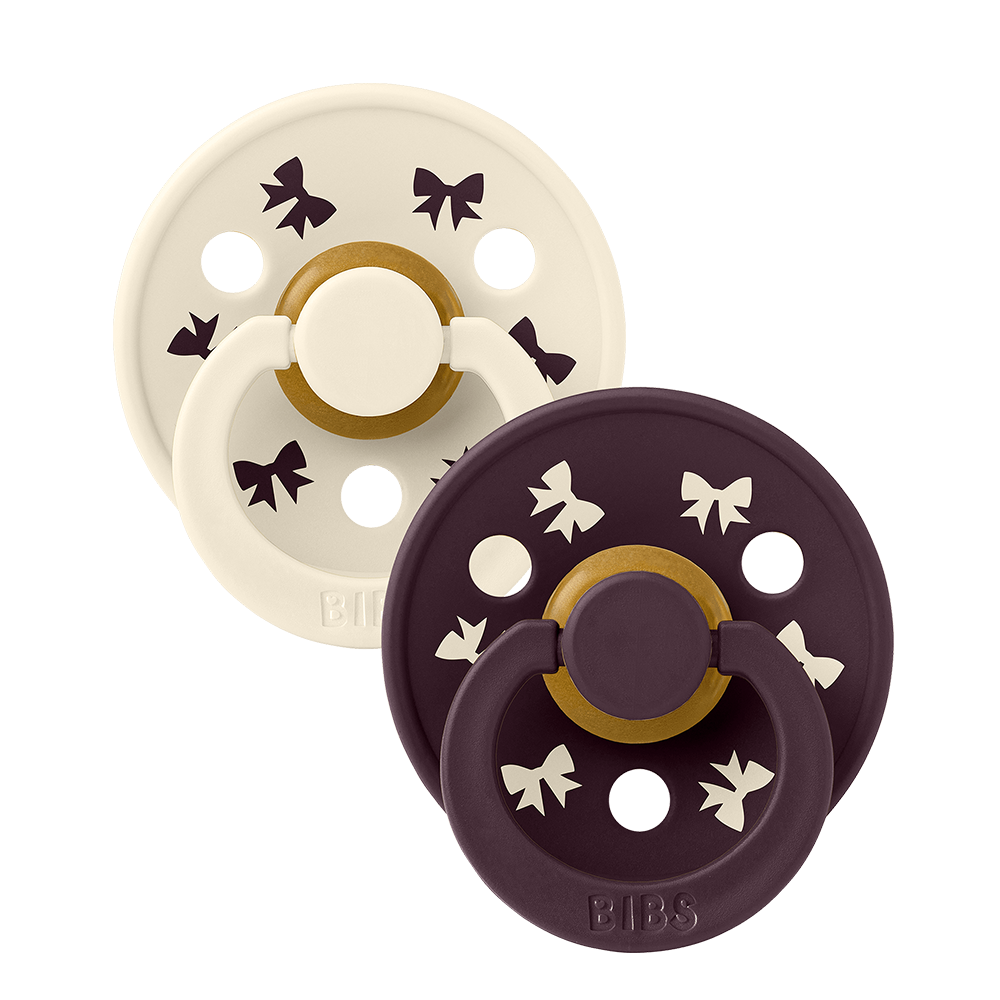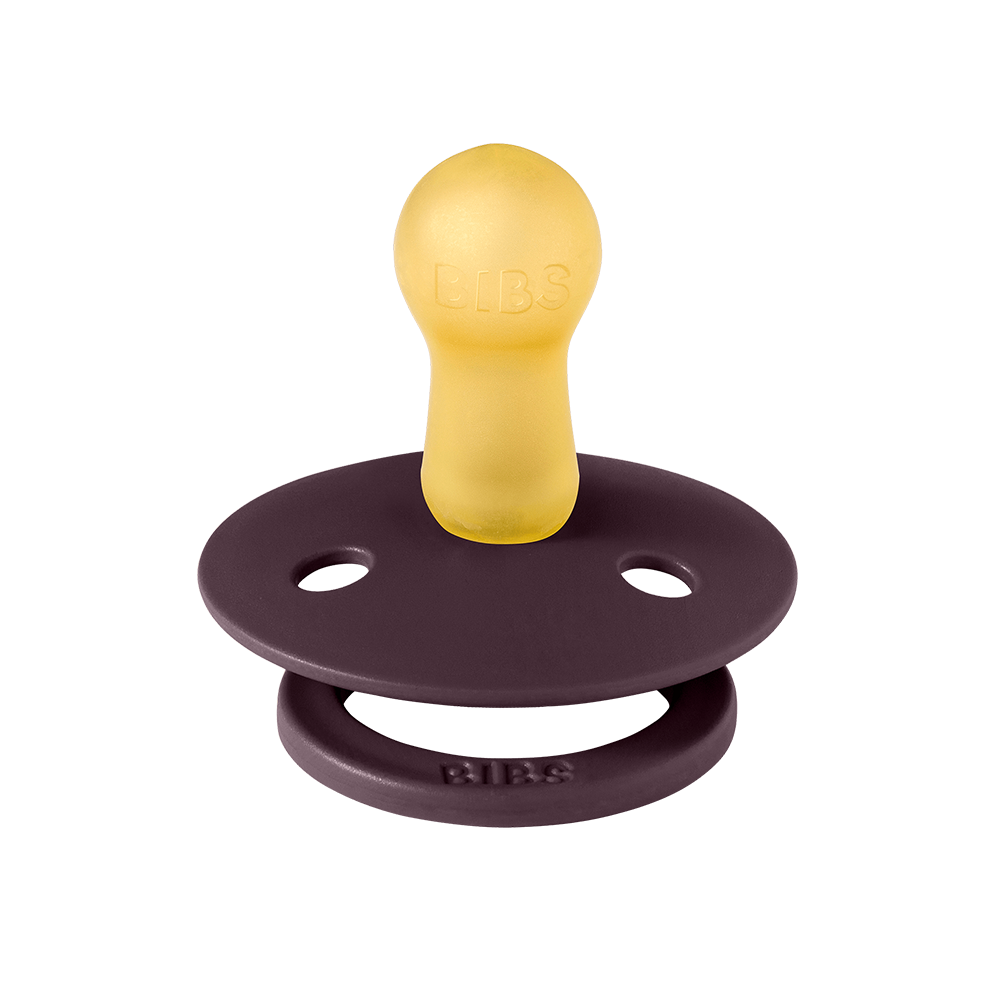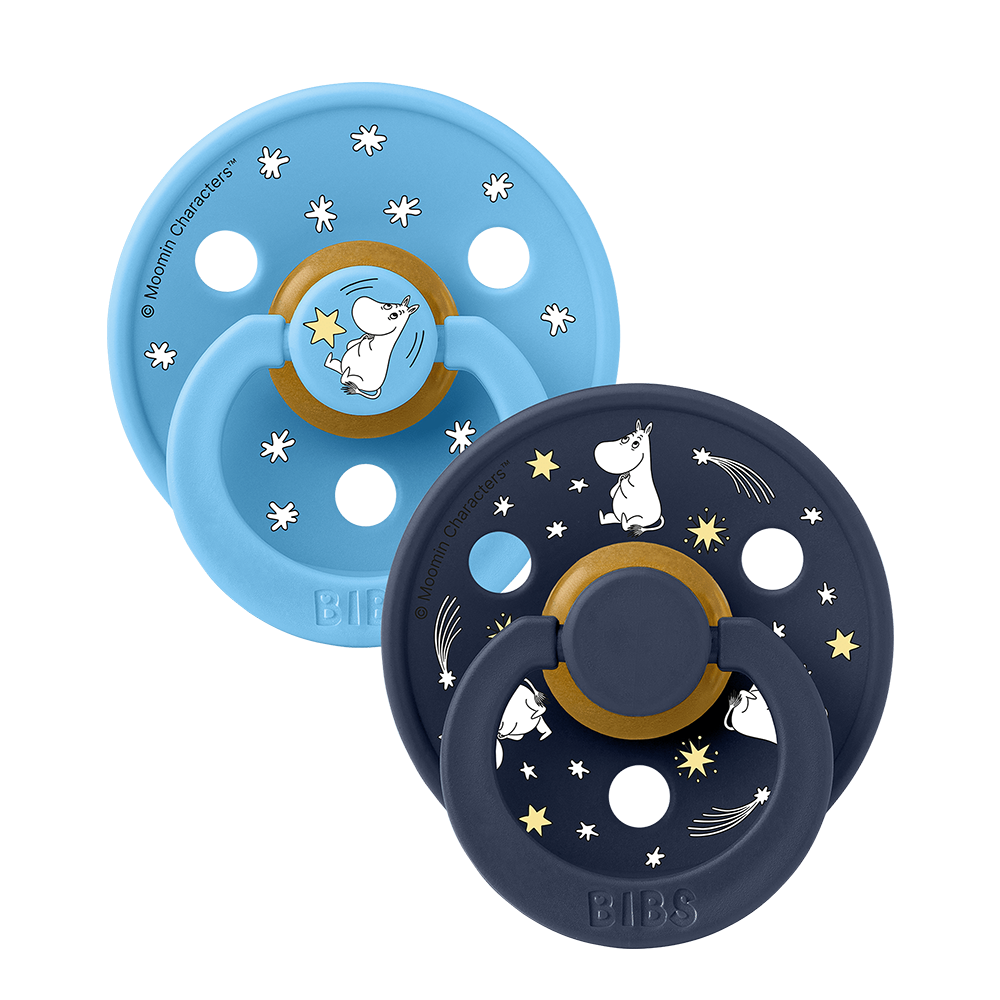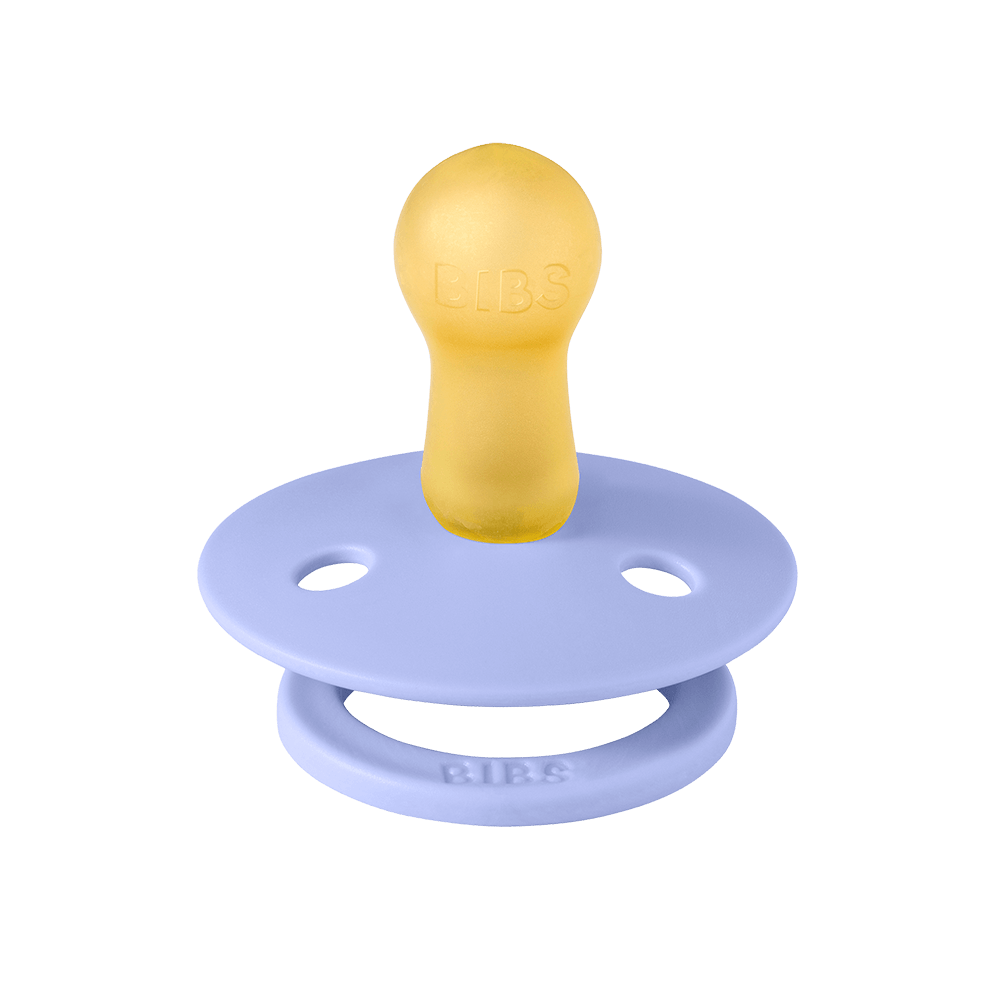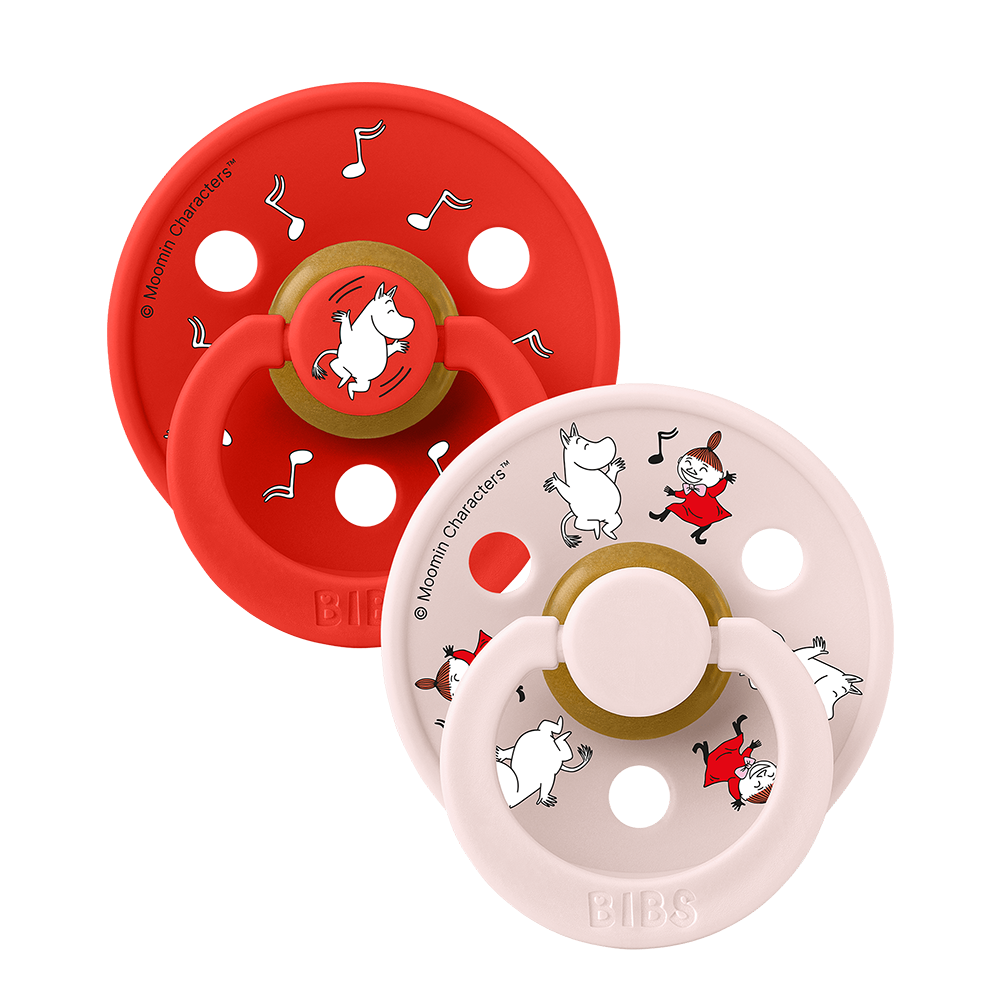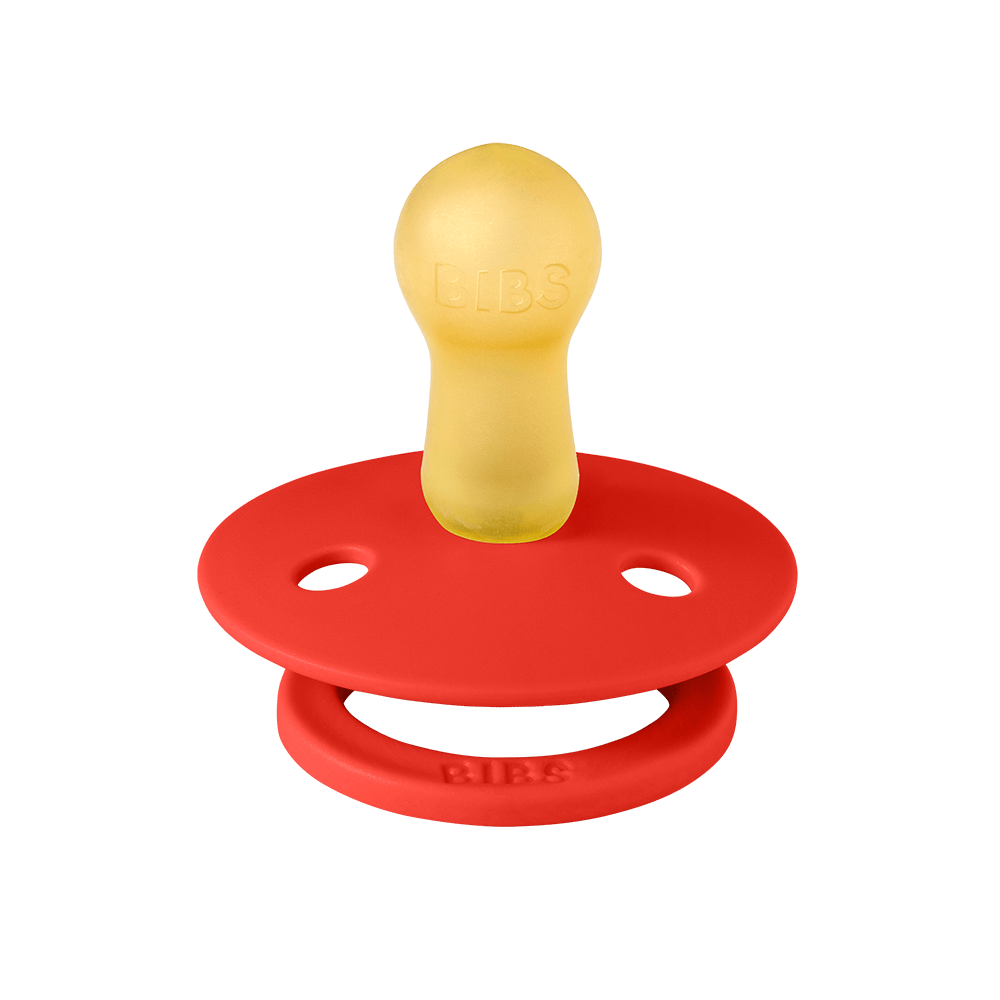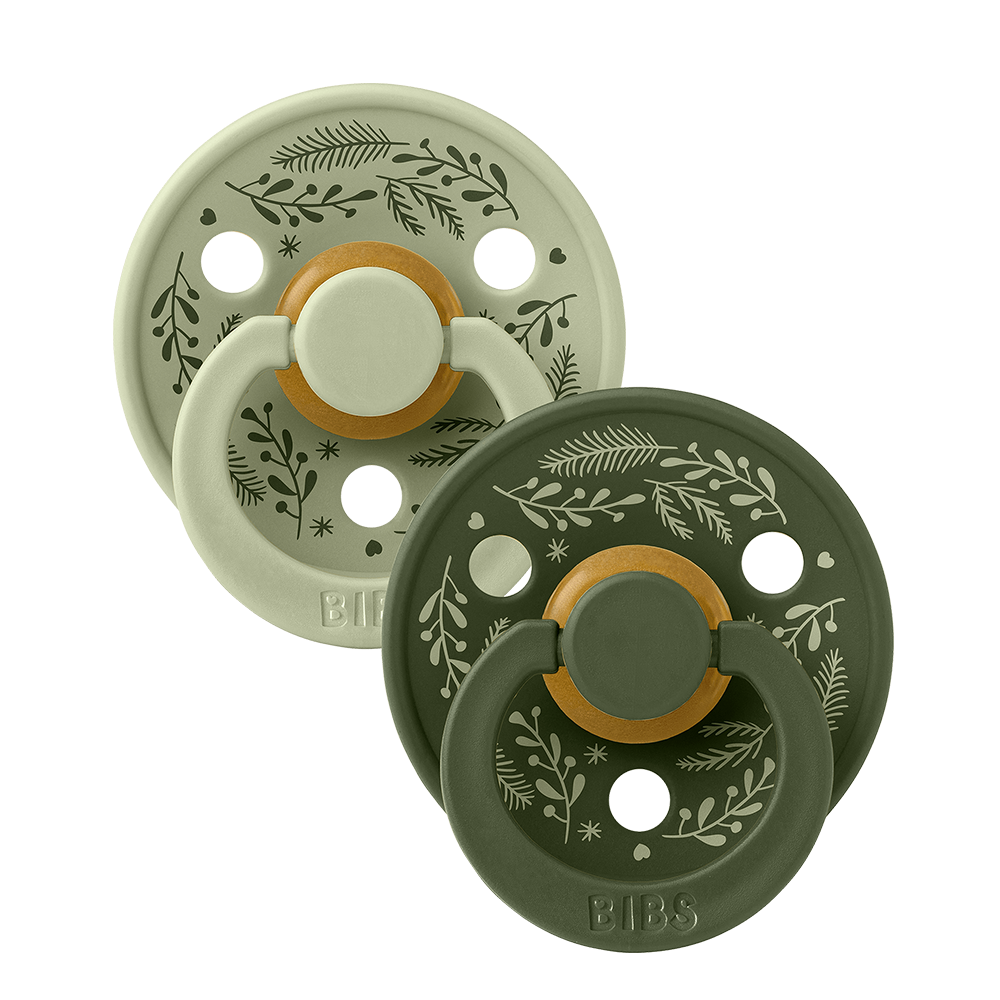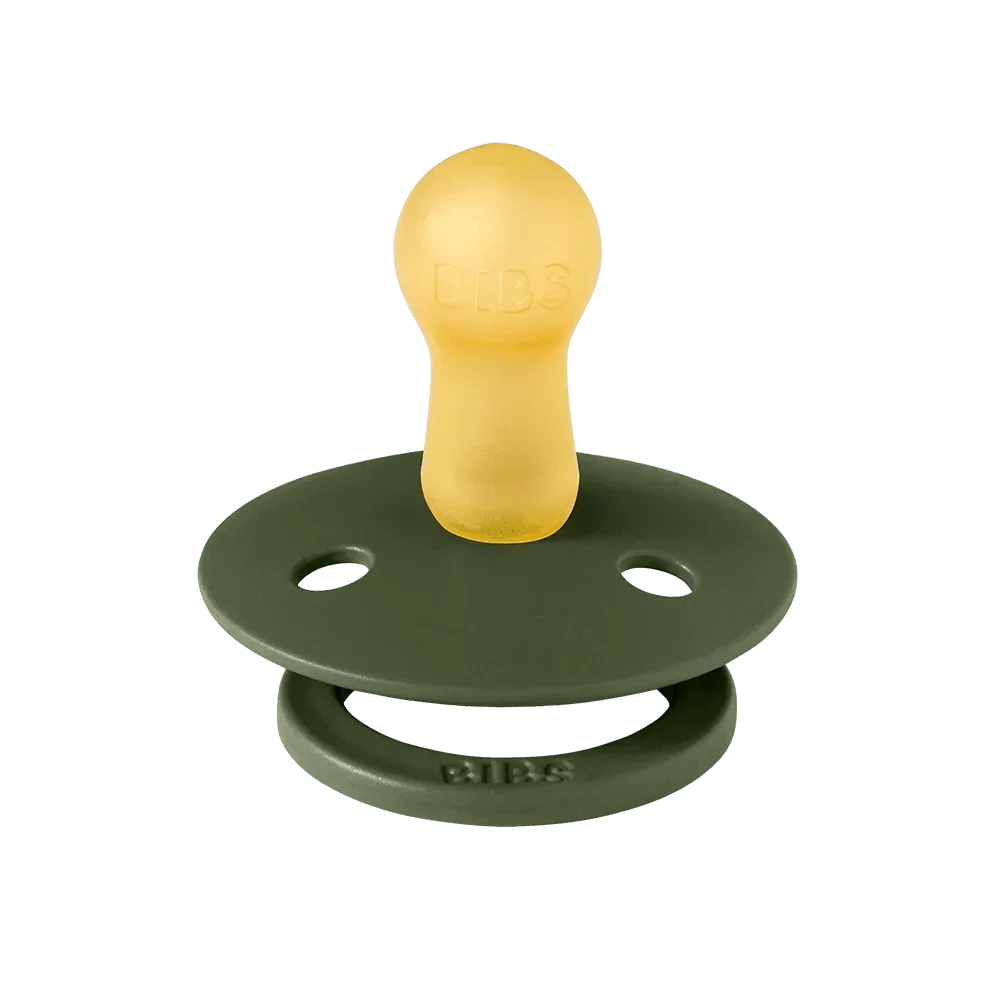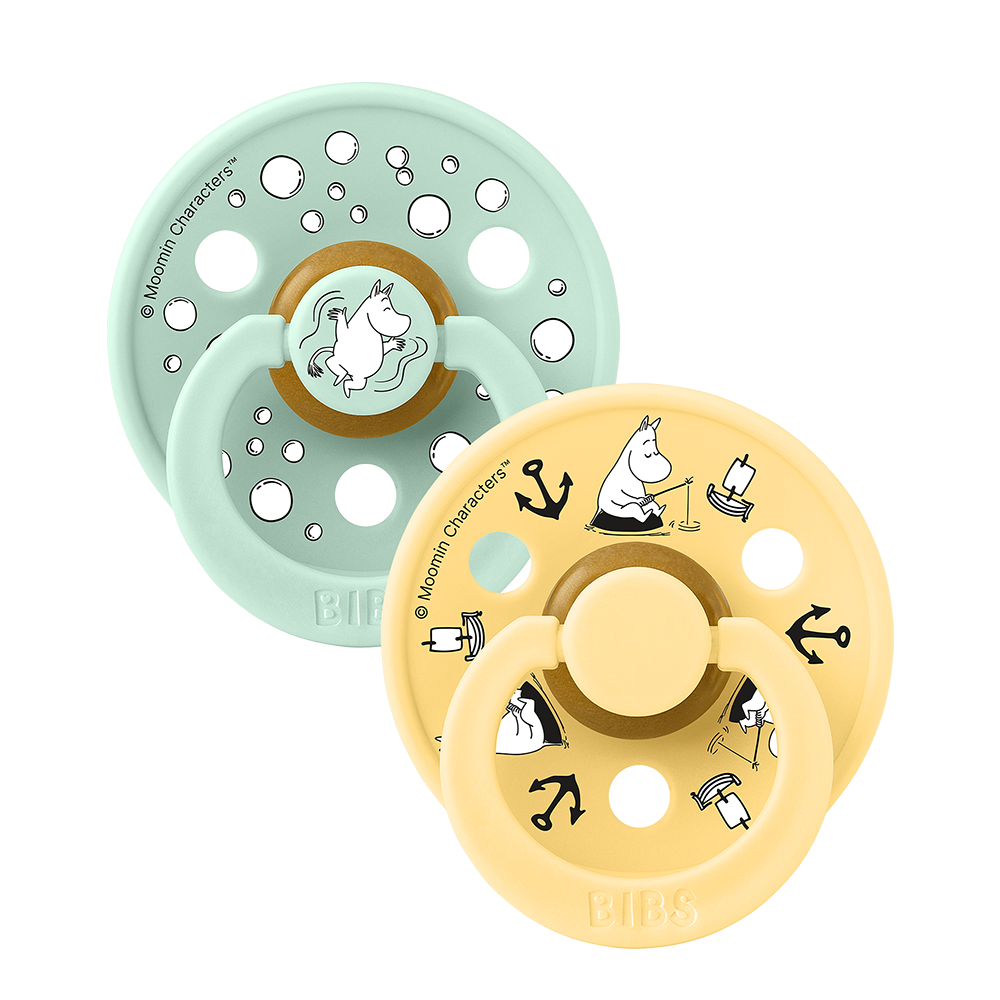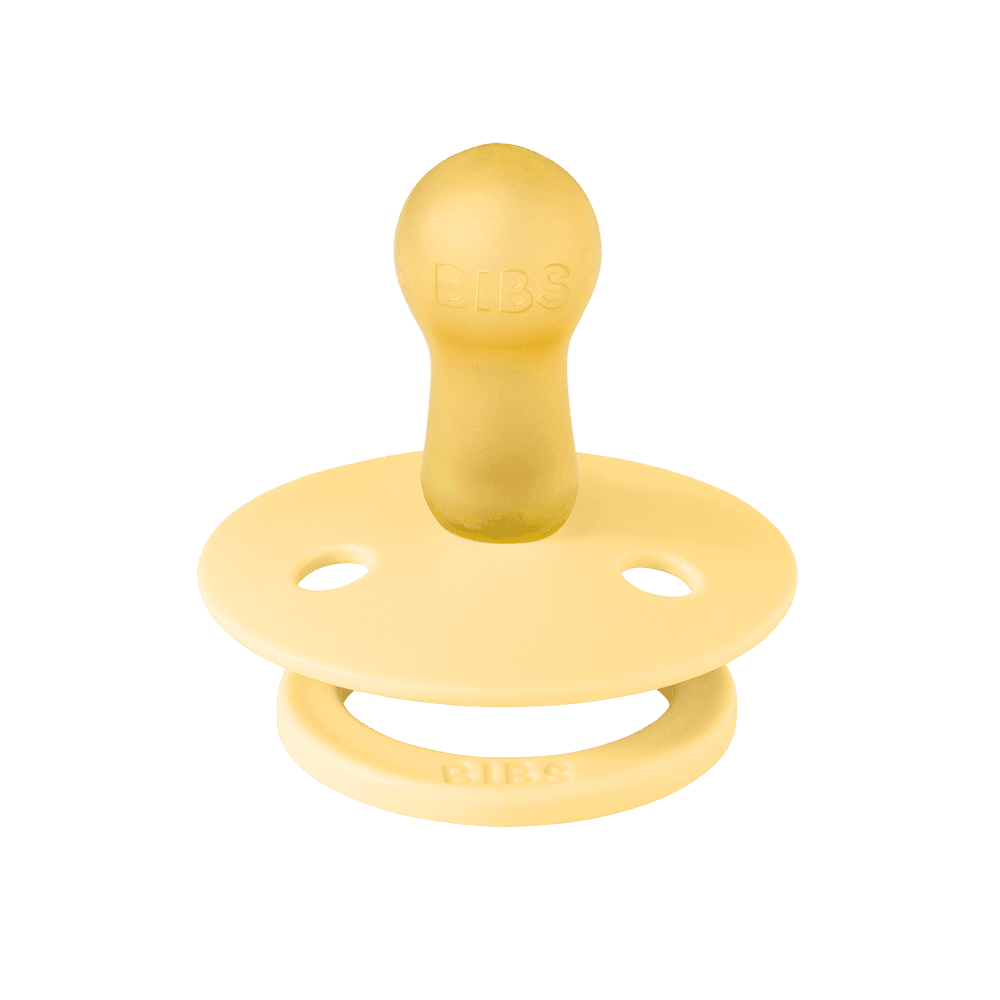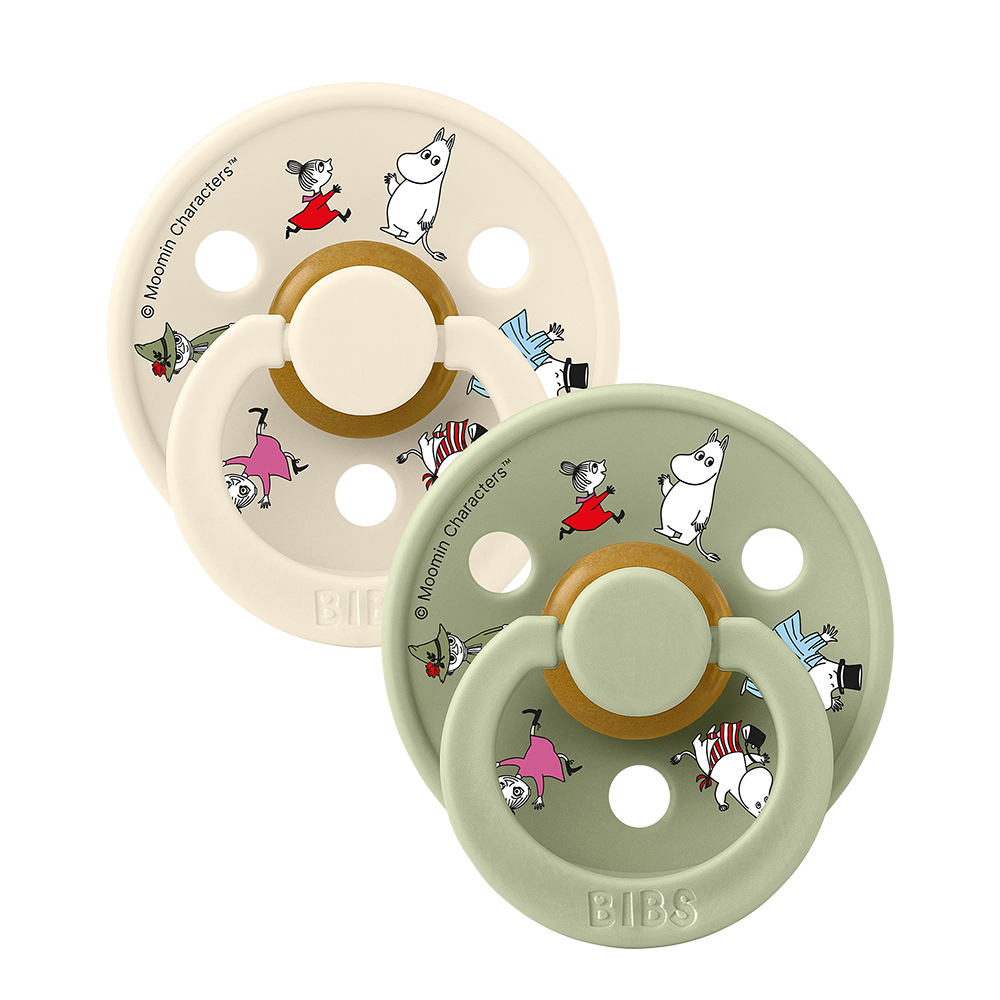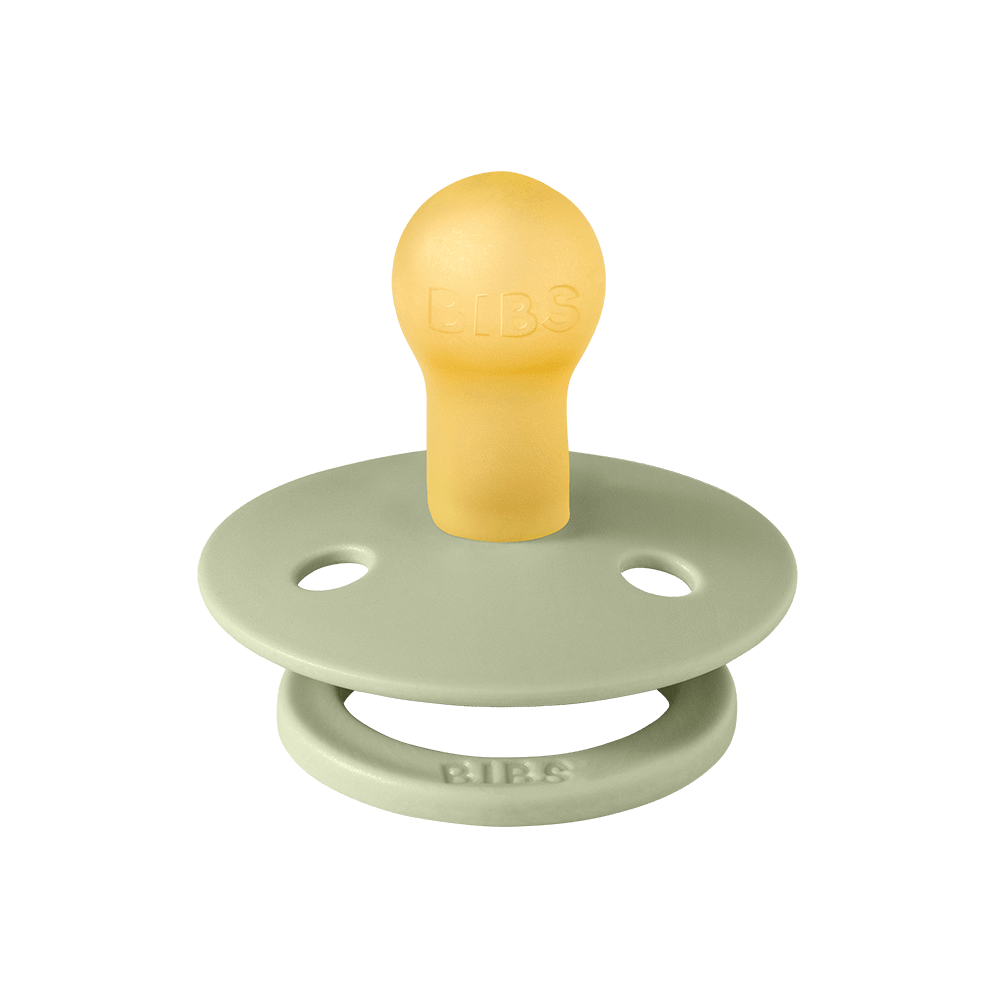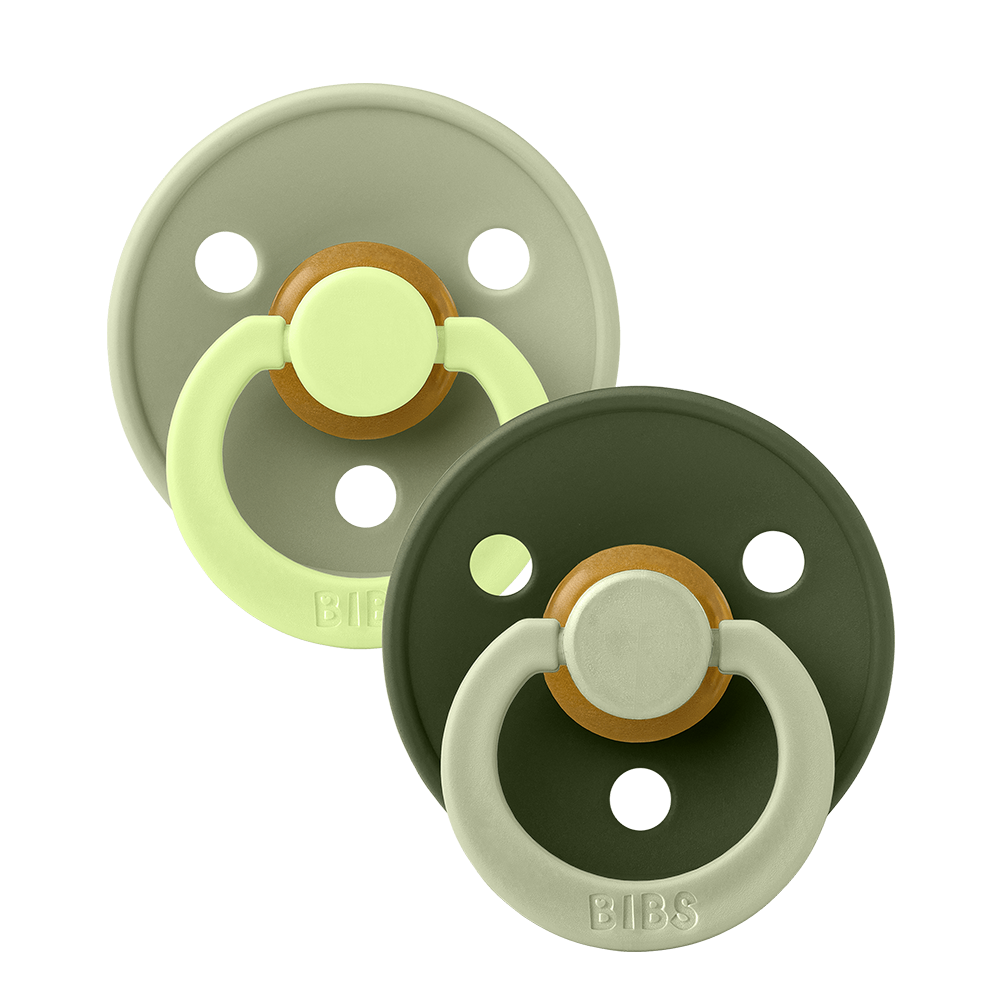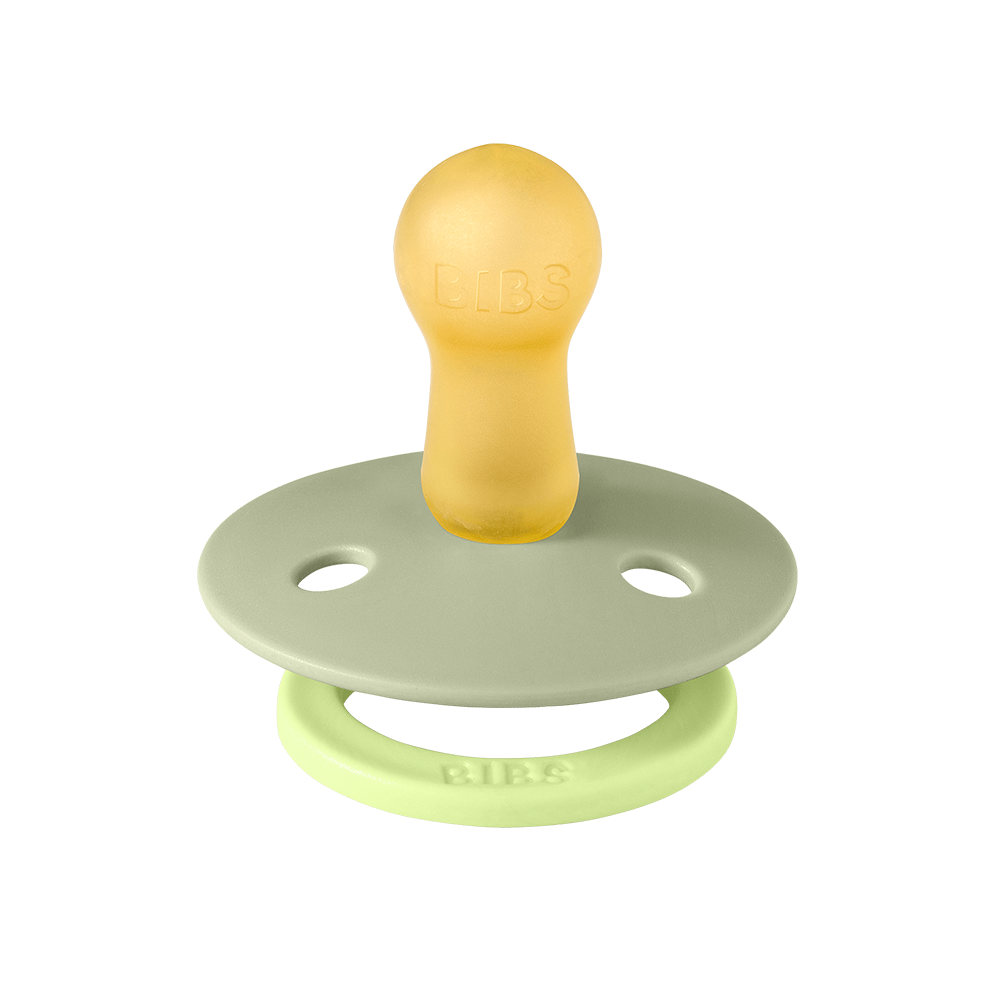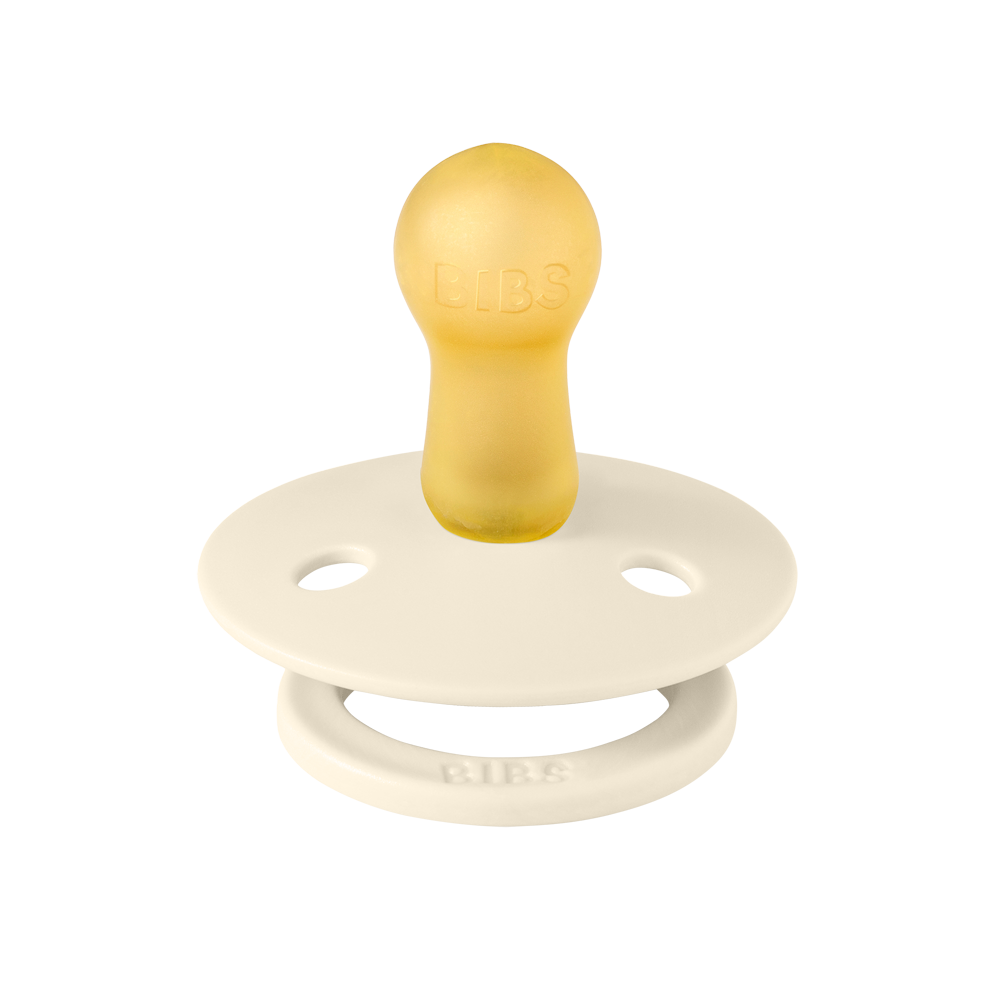
Feeling your baby move is one of the most magical parts of pregnancy. Those tiny kicks and stretches offer reassurance, help you connect emotionally, and make the whole experience feel even more real. While babies naturally have quiet moments, there are gentle, safe ways to encourage movement when you're hoping for a little extra activity.
Fetal movement is a healthy sign of development. Simple actions like light movement, soft sounds, and mindful relaxation can influence your baby’s responses. Each baby is unique, so tuning into your body and trying a few different tricks may help. Always check with your healthcare provider if you notice any major changes in your baby’s usual patterns.
Key Takeaways
- Baby movement in the womb is a reassuring indicator of healthy development.
- Gentle stimulation, physical activity, and emotional connection may help prompt movement.
- Relaxation and consistent routines can support a stronger bond with your baby before birth.
Try Gentle Physical Activity
Safe, light physical movements can sometimes encourage your baby to respond. These simple ideas are easy to try and may result in a sweet little flutter or kick.
Eat a Light Snack
A small, nourishing snack can provide a gentle energy boost and may help get your baby moving. Try a piece of fruit, a few whole-grain crackers, or a handful of nuts. After eating, sit or lie down in a quiet space and see if you notice any activity.
Move a Little, Then Rest
Try a few gentle stretches, short walks, or light jumping jacks to increase your heart rate just a bit. Then rest by sitting or lying on your side. The shift in your activity level might encourage your baby to wake up and move.
Bond Through Interaction
Your baby is already learning your voice, responding to touch, and noticing daily patterns. These simple bonding techniques may also prompt a little movement.
Touch and Tickle
Try gently tapping, rubbing, or placing light pressure on your belly. Some babies respond to this touch by shifting or kicking. Always be gentle and listen to your body.
Shine a Light
Babies can detect light through the womb, especially later in pregnancy. Gently shine a flashlight on your belly and see if your baby moves in response to the new visual sensation.
Talk or Sing to Your Baby
Your voice is one of the first sounds your baby recognizes. Speaking, reading, or singing to your baby can bring comfort and sometimes lead to movement. It's also a beautiful way to build early connection.
Soothing routines like using a pacifier or establishing consistent sleep and feeding habits start even before birth. Explore our night collection for products that support calm, restful routines during and after pregnancy.
Use Emotion and Sound
Babies often respond to your emotional and sensory environment. By staying mindful of your feelings and external stimuli, you can create a calm space that supports gentle fetal activity.
Feel a Little Excitement
Moments of anticipation or light nervousness—like before a big call or planning a baby shower—can increase your heart rate slightly. Some babies respond to this emotional shift with more movement. It’s all about staying within a safe and balanced emotional range.
Play Music or Sing Softly
Music is more than just background noise. Babies can hear rhythms and melodies, and they often respond to familiar sounds. Play soft tunes, hum a lullaby, or try a calming playlist to gently stimulate your baby.
As you prepare for life with your little one, consider soothing tools like our gift sets and baby care collections created for those early days of parenthood.
